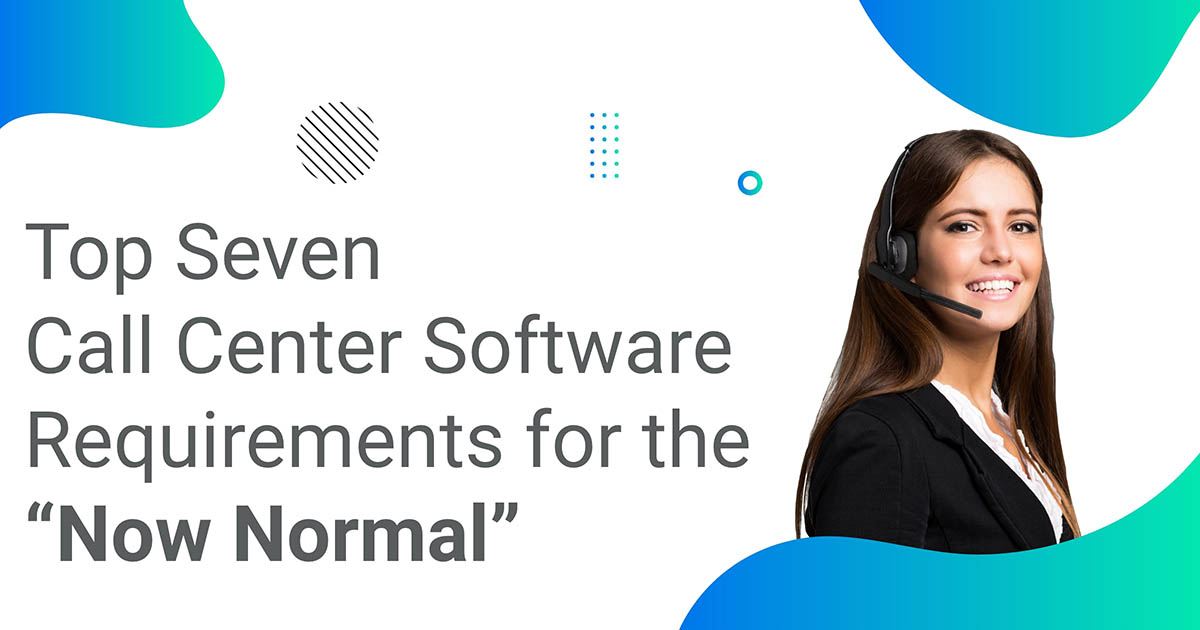 In another step to reflect its commitment to the vision of the UAE leadership for nationalization, du announced the appointment of 44 Emiratis to positions in its Fujairah Call Centre on the sidelines of Tawdheef 2014, at which du was a participant.
In another step to reflect its commitment to the vision of the UAE leadership for nationalization, du announced the appointment of 44 Emiratis to positions in its Fujairah Call Centre on the sidelines of Tawdheef 2014, at which du was a participant.
du opened the Fujairah Call Centre, which is 100% run by Emiratis, in 2011, to contribute to the social and economic empowerment of the Northern emirates’ community. At the same time, the first of its kind call centre offers customer service at the best international standards, in a UAE style.
Of the 44 appointed Emiratis, 41 employees were women; this upped the centre’s female staff population up to 91%. Ibrahim Nassir, Chief Human Capital & Administration Officer, du, said: “Empowering our fellow Emiratis is a fundamental pillar of our commitment to our community. There is a wealth of talent to be found in the northern emirates, though employment opportunities that provide them with exciting career prospects are harder to find, especially for those who cannot accept employment offers in areas that are further away. That’s why we wanted to provide equal opportunity employment that complies with world standards to all UAE nationals in Fujairah and the surrounding areas.”Ismail Mohamed, Senior Vice President, Customer Service Operations, du said: “Our centre in Fujairah offers ideal opportunities for Emiratis wishing to gain world-class customer service experience. We designed the work environment at the centre to compete with the best call centres globally, and set the best standards to ensure optimal levels of staff engagement. As further encouragement to our employees, we reward outstanding performance periodically as part of our work environment ethics.”
 du opened the Fujairah Call Centre with the intention of creating more jobs in the northern emirates, in line with du’s Emiratisation efforts and in support of the UAE leadership’s vision of encouraging more Emiratis into private sector employment. To date, there are 102 Emiratis employed at the Call Centre.
du opened the Fujairah Call Centre with the intention of creating more jobs in the northern emirates, in line with du’s Emiratisation efforts and in support of the UAE leadership’s vision of encouraging more Emiratis into private sector employment. To date, there are 102 Emiratis employed at the Call Centre.
Careers within du’s Fujairah Call Centre offer more than just personalised career paths, training and vocational development opportunities; they offer a source of economic empowerment and independence that Emiratis in the region, particularly women and those with special needs.
Emiratisation levels within the du family are currently at 34%, with 81% of senior management positions filled by UAE nationals. Working with du offers Emiratis myriad possibilities for both professional and personal development, as the company provides all employees with a tailored career paths and supportive training to help them achieve their full potential.

